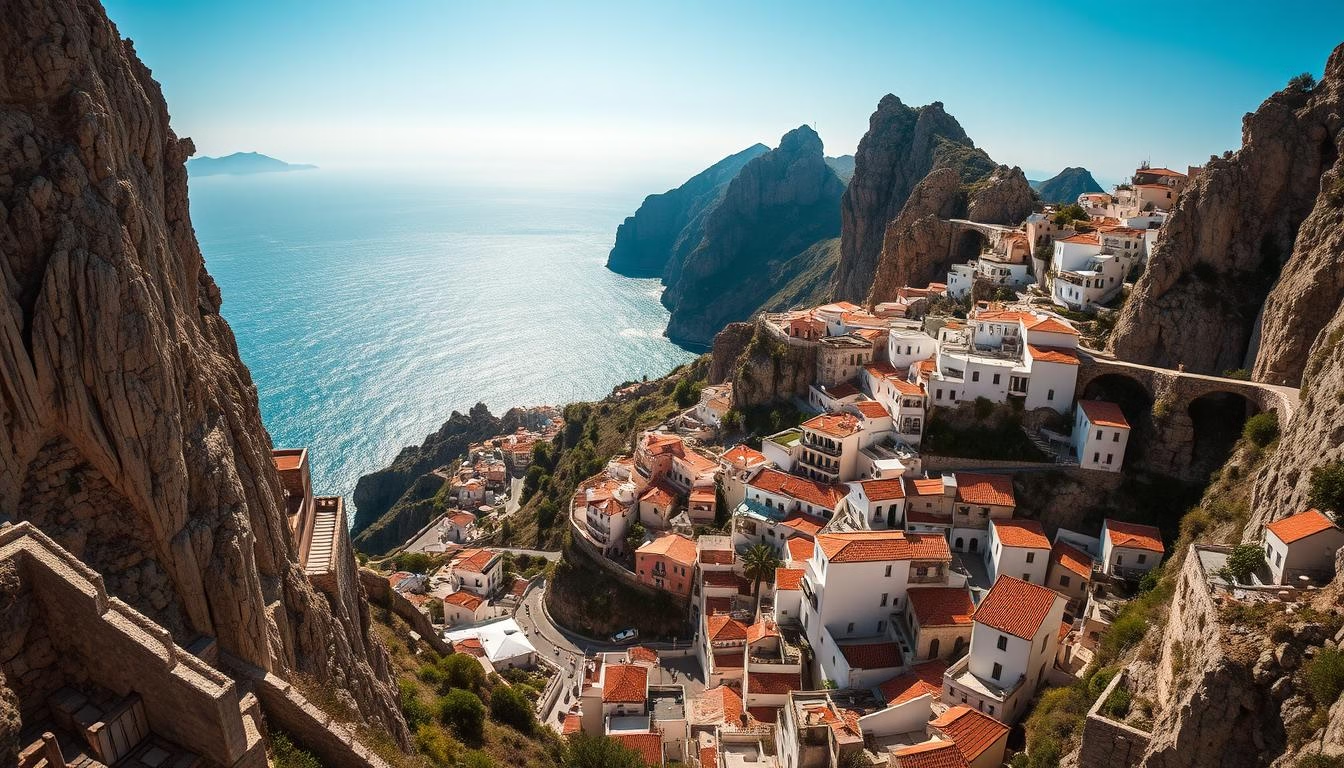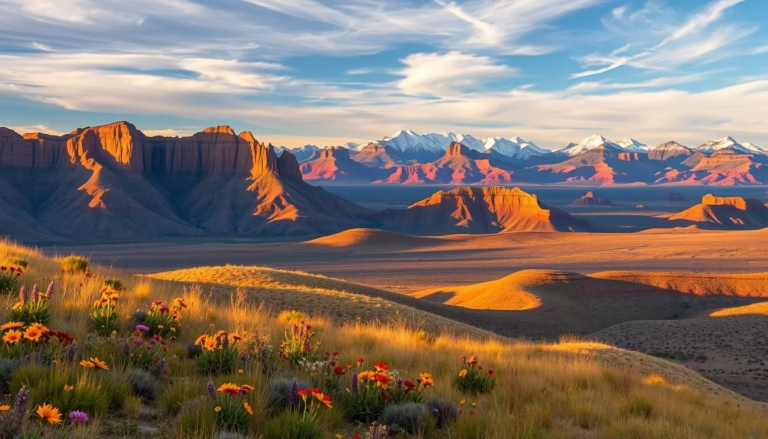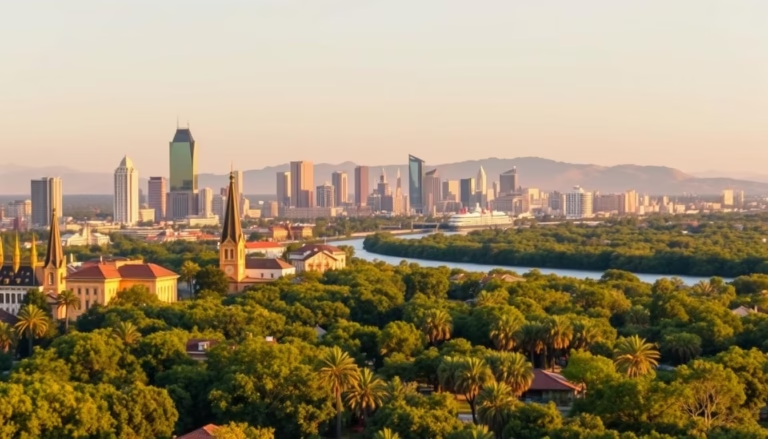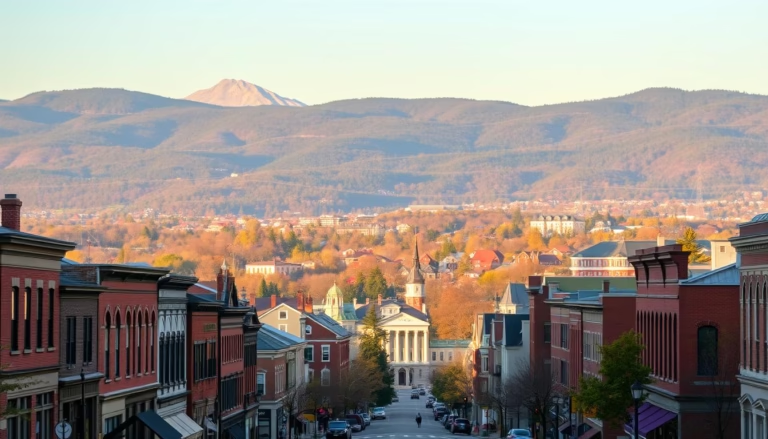Incredible City Cliffs: A Breathtaking Sight to Behold
Imagine standing at the edge of a rocky precipice, where homes and buildings cling to steep slopes like works of art. Around the globe, communities have transformed towering cliffs into thriving spaces, blending human ingenuity with nature’s raw beauty. These gravity-defying settlements aren’t just feats of architecture—they’re testaments to how people adapt to even the most challenging landscapes.
From ancient stone villages to modern marvels, these locations offer views that stretch endlessly over the sea or valleys below. Many have become popular tourist destinations, drawing visitors eager to experience their dramatic charm. Whether perched on volcanic slopes or nestled into coastal rock faces, each area tells a story of resilience and creativity.
What makes these places unforgettable? It’s the thrill of walking narrow streets where every turn reveals a new perspective. Or peering over a balcony to see waves crashing against cliffs far beneath your feet. For those seeking adventure, exploring dreamlike destinations like these creates memories that last long after the trip ends.
Key Takeaways
- Clifftop towns showcase remarkable architectural achievements blending with natural landscapes
- Many settlements offer panoramic ocean or valley views that attract global travelers
- These destinations often combine historical significance with modern tourism appeal
- Visitors experience unique thrills from elevated walkways and precarious vantage points
- Communities in these areas demonstrate innovative adaptation to challenging terrains
Exploring the Origins and Allure of City Cliffs
What drives communities to build their homes on sheer rock faces? The answer lies in survival and spirituality. For thousands of years, people have transformed steep landscapes into protected living spaces, creating villages that defy gravity and time.

Historical Context and Natural Origins
Ancient builders chose cliffside locations for practical reasons. Elevated areas offered natural defenses against invaders and floods. The Bandiagara Escarpment in Mali shows this clever thinking – its 3rd-century B.C. inhabitants used the 500-meter rock face as both fortress and cool refuge from desert heat.
Construction methods reveal remarkable skill. Yemen’s Al Hajjara village stacks massive stone blocks without mortar, their 12th-century houses still standing strong. In Colorado, Mesa Verde’s Ancestral Puebloans carved 150-room dwellings directly into sandstone cliffs, using local materials to create multi-story homes.
Cultural Legends and Local Narratives
These stone villages often hold sacred meanings. Rocamadour’s medieval church became a pilgrimage site after legends claimed St. Amadour lived there following St. Peter’s martyrdom. Locals still share stories about miraculous healings near the cliffside chapel.
Mystery surrounds some settlements too. Why did Mesa Verde’s people vanish around 1300? Some suggest drought, while oral traditions hint at spiritual journeys. These tales transform rock-carved houses from ancient ruins into living puzzles that captivate modern explorers.
Discovering Incredible City Cliffs: Iconic Locations and Stories
From Spain’s rugged peaks to Colorado’s desert canyons, communities built on sheer slopes reveal humanity’s knack for turning challenges into wonders. For stunning examples, explore these gravity-defying towns where history and geology collide.
Castellfollit de la Roca, Rocamadour, and Beyond
Spain’s Castellfollit de la Roca perches on a volcanic basalt ridge, its houses appearing to spill over the edge. This Catalonian town uses every inch of its narrow cliffside, offering dizzying views of the Fluvia River below.
France’s Rocamadour clings to limestone cliffs in three stacked levels. Pilgrims have climbed its 216 steps since the 12th century to reach the Black Madonna statue. Nearby, Italy’s cliffside cities like Manarola dazzle with rainbow-colored homes above the Ligurian Sea.
Mesa Verde, Bandiagara Escarpment, and Other Marvels
Colorado’s Mesa Verde preserves 600 Ancestral Puebloan dwellings carved into sandstone. These cliff cities feature circular ceremonial rooms called kivas, showing advanced engineering from 1,400 years ago.
Mali’s Bandiagara Escarpment tells a different story. For centuries, Dogon people built mud-brick villages along this 125-mile sandstone ridge. Their granaries and meeting houses blend seamlessly with the rock, surviving harsh Saharan conditions.
Whether exploring ancient ruins or vibrant towns, these elevated settlements prove humans thrive where earth meets sky. Each visit offers fresh awe for landscapes shaped equally by nature and determination.






